Introduction
I have assembled the list while making sure I include books on general strategic themes, planning and thinking processes, strategic problems and puzzles, attacking patterns, as well as books on endgame strategy. What’s on this list should cover chess strategy optimally, however one may define it. My favorites are the first two on the list. I found them absolutely unique and incredibly useful.
The books are suited for most rating ranges above beginner level, but will benefit advanced players the most. Those who are above 2100 FIDE will find a couple incredibly useful and the rest a bit too easy, whereas those of you below 1600 FIDE will probably find all of them incredibly difficult to follow. Do not let that prevent you from reading them!
Go through each book while setting up positions over a board, and write your analysis down. Good luck achieving your chess goals!
1. Zlotnik’s Middlegame Manual, Boris Zlotnik
Zlotnik’s Middlegame Manual is a guide on how to think and plan based on the pawn structure. It consists of 6 chapters, each devoted to an important structure. The book is accompanied by 162 problems you can solve, divided into themes and corresponding to the chapters. Zlothink’s teaching approach was based on developing a feel for positions. In other words, he tried to teach his students, such as Fabiano Caruana, in a way that helped them develop a deep understanding of middlegame positions. The book is accompanied by 162 problems you can solve, divided into themes and corresponding to the chapters. The solutions are the true treasure trove. Zlotnik’s explanations of the positions are incredible. He managed to explain the essence of each position in an easily understandable way.
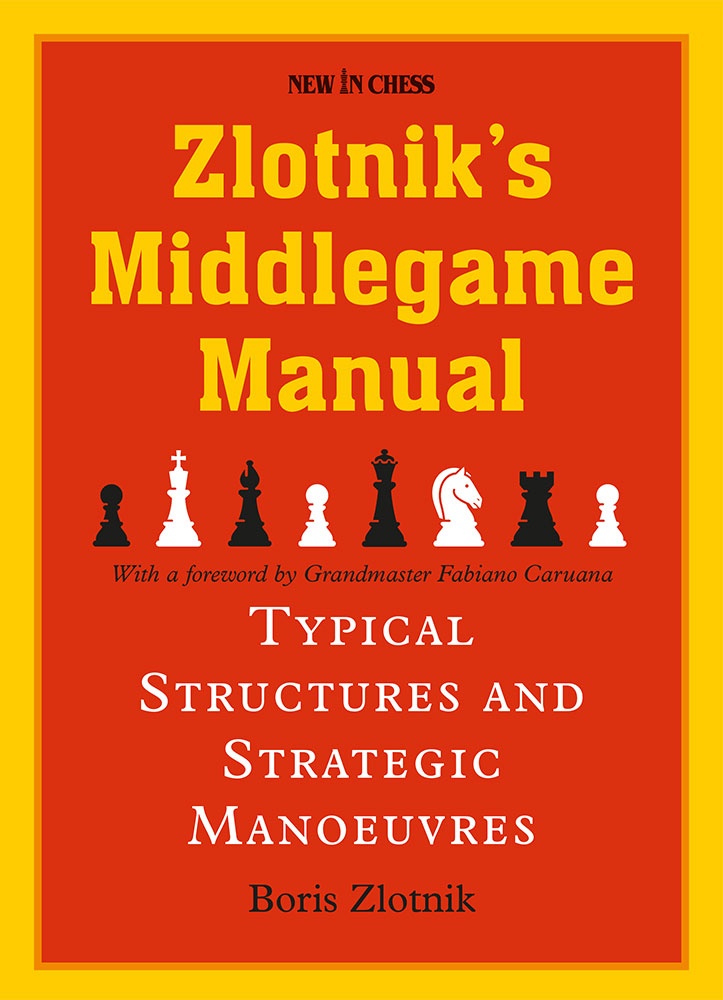
2. Wojciech Moranda: Supreme Chess Understanding
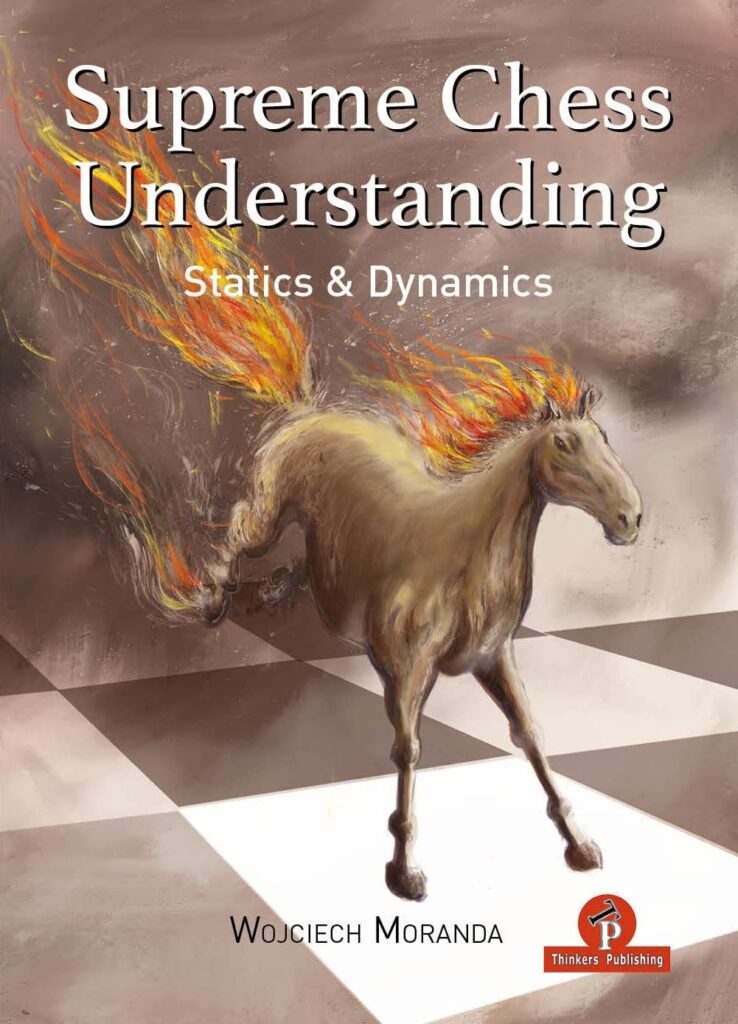
Supreme Chess Understanding explains the difference between static and dynamic advantages, highlighting the importance of being able to do so while playing, and how knowing where your advantage (or disadvantage) lies enables you to evaluate, plan, and play precisely, according to what the position requires. Moranda goes over each problem in great depth, ensuring proper understanding of all the features of the position one had to appreciate in order to solve it.For everyone who’s already covered the basics of calculation, strategy, and positional play, this book will be a great tool for improving understanding of different types of complex positions.
3. Jacob Aagaard: GM Preparation: Strategic Play
Strategic Play is Jacob Aagaard’s manual of how to solve complex positions. In the introduction, Jacob introduces us to four types of decisions; automatic decisions, simple decisions, and finally, complex decisions – the hardest positions of all. They require intuition, calculation, planning, and an understanding of general strategic and positional concepts. Strategic Play focuses on making complex decisions. It is divided into five chapters; Squares, Pieces, Prophylaxis, Dynamics and Fighting the tide. Each chapter is accompanied by very difficult problems. In a way, Strategic play combines Calculation and Positional play into one book.
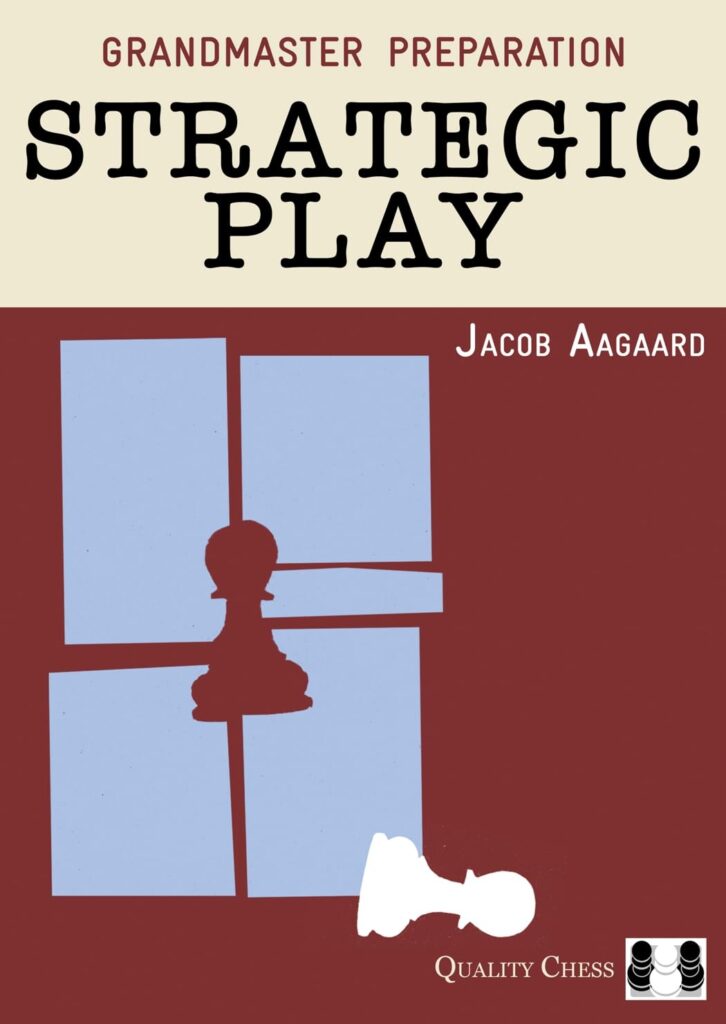
4. Chess Structures: A Grandmaster Guide, Mauricio Flores Rios
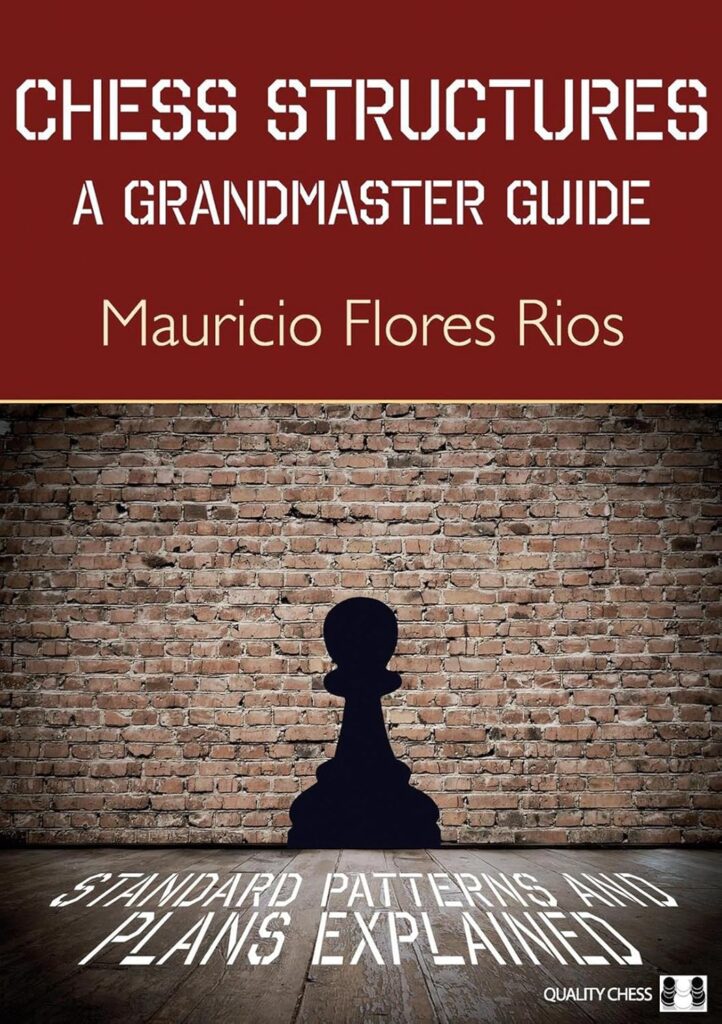
Winning or losing most often comes down to understanding what should be done in a position. That always depends on the pawn structure. The pawn structure determines strategy, creates tactical opportunities, and is essential in creating long-term plans. Mauricio Flores Rios has created the ultimate guide to 28 most common pawn structures in chess. Each pawn structure is explained on a human level with plans for both sides, and plenty of well annotated example games, each with its own lessons neatly listed at the end of the game. This book is rarely mentioned in “top 10” lists by most content creators and coaches, and I can’t understand why. It’s more useful than most of the classic books everyone keeps talking about. Chess Structures alone is enough to be able to navigate almost any type of position on master level.
5. The Woodpecker Method 2: Positional Play, Axel Smith
The Woodpecker Method 2, Positional Play is the result of Axel Smith applying Tikkanen’s idea of spaced repetition to positional play. It’s a puzzle book of problems with positional and strategic themes. Unlike its predecessor, which focused on tactics, I think this volume deserves a lot more praise. The Woodpecker Method involves solving the same set of problems again and again, until you become efficient. The book contains a thousand positions, divided into subsections. The first part of the book is devoted to pawn structures, the second on positional themes outside of specific structures. Each section is subdivided into three parts in increasing order of difficulty, making The Woodpecker Method 2 suitable for players of almost any level.
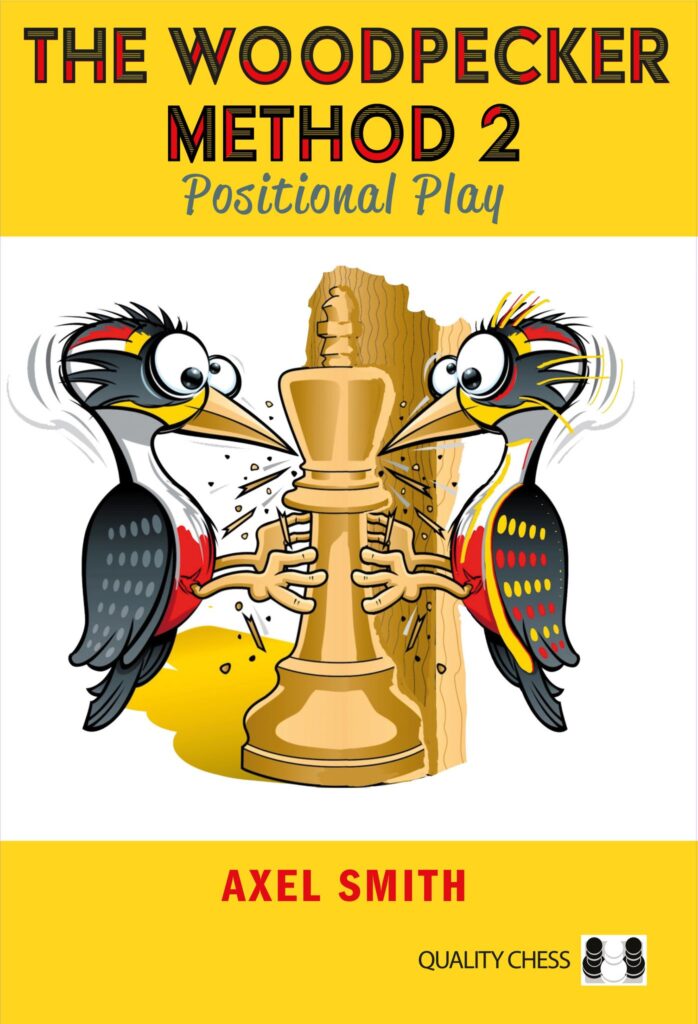
6. Endgame Strategy, Mikhail Shereshevsky
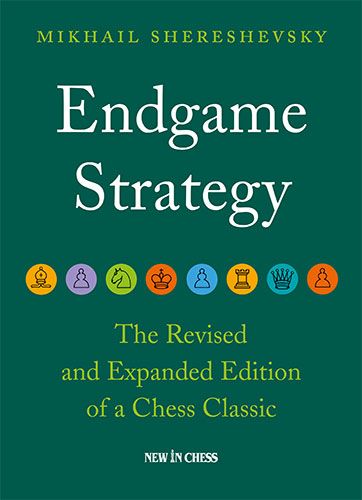
Instead of going over theoretical endgames and endless variations, the Endgame Strategy focuses on essential endgame principles, patterns, and ideas one must master in order to navigate complex endgames, regardless of the pieces involved. I can’t think of a book that has helped me win more points and half-points in over the board classical games.
7. Chess logic in practice, Erik Kislik
Chess logic in practice is a book that explains how to solve problems and make tough decisions in practical games. Kislik explains how to think and how to apply sound reasoning in difficult positions. The book’s true value lies in the explanations of flawed logic we all tend to apply when it suits us, and it addresses the thinking mistakes even strong players make constantly. The book is divided into two parts; Thinking concepts and Positional concepts, each consisting of numerous chapters accompanied by Kislik’s instructive annotations and practical advice. The first portion of Chess logic in practice is a bit more unique. Thinking concepts, divided into 12 chapters, on topics such as tenacity, optical biases, overpressing, simplification, reciprocal logic, or what to do when there’s only one idea to play for. This part of the book reminds me of Nunn’s famous Secrets of Practical Chess, or, to be more precise, the first 80 pages, in which Nunn gives concrete advice on how to think better.
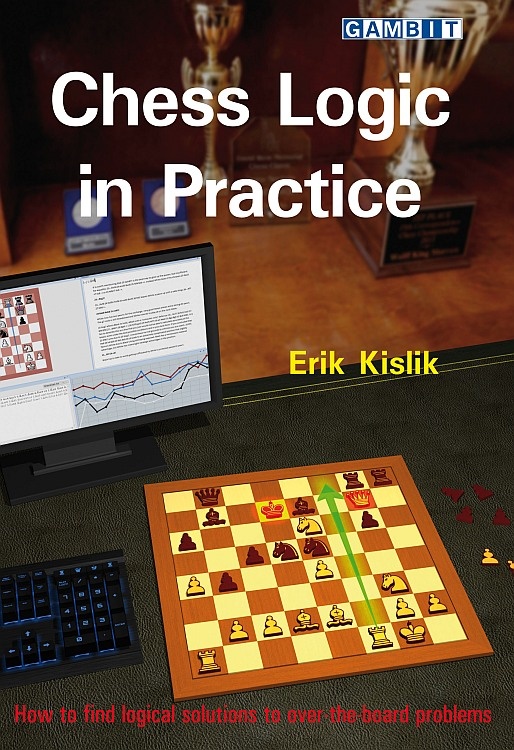
8. Secrets of Attacking Chess, Mihail Marin
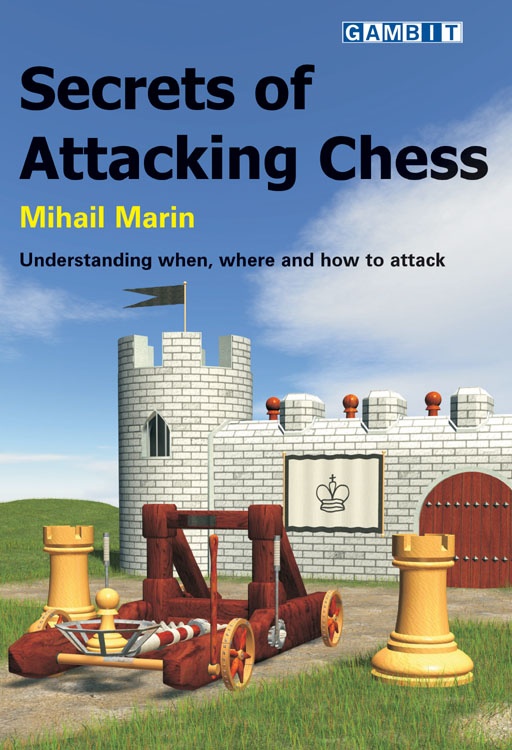
Secrets of Attacking Chess is a greatly enjoyable and very useful book on attacking strategy that teaches you when, where, and how to attack. It’s suited for most intermediate and definitely all advanced players. Reading it will make you a better strategist and a stronger, more careful, and more efficient attacker. Marin blessed us with a book that explains every move and every idea instead of giving us a jungle full of engine recommended sidelines. It consists of seven chapters that include almost 30 instructive games by history’s greatest attackers.
9. GM Preparation: Positional Play, Jacob Aagaard
Positional Play came about because Jacob had a collection of training positions he had used while working with Boris Gelfand during his world championship cycle in 2008/2009. In Aagaard’s opinion, it’s the most original of the 5 workbooks in the series. It was an eye opener for me. It was probably the chess book that had the most influence on my thinking and training. The basic idea behind the book is Aagaard’s famous three questions: Where are the weaknesses? What’s the worst placed piece? What does my opponent want to do? Positional Play is not meant for beginners, but for advanced players with a library of chess knowledge they can draw from when asking the correct questions about a position.
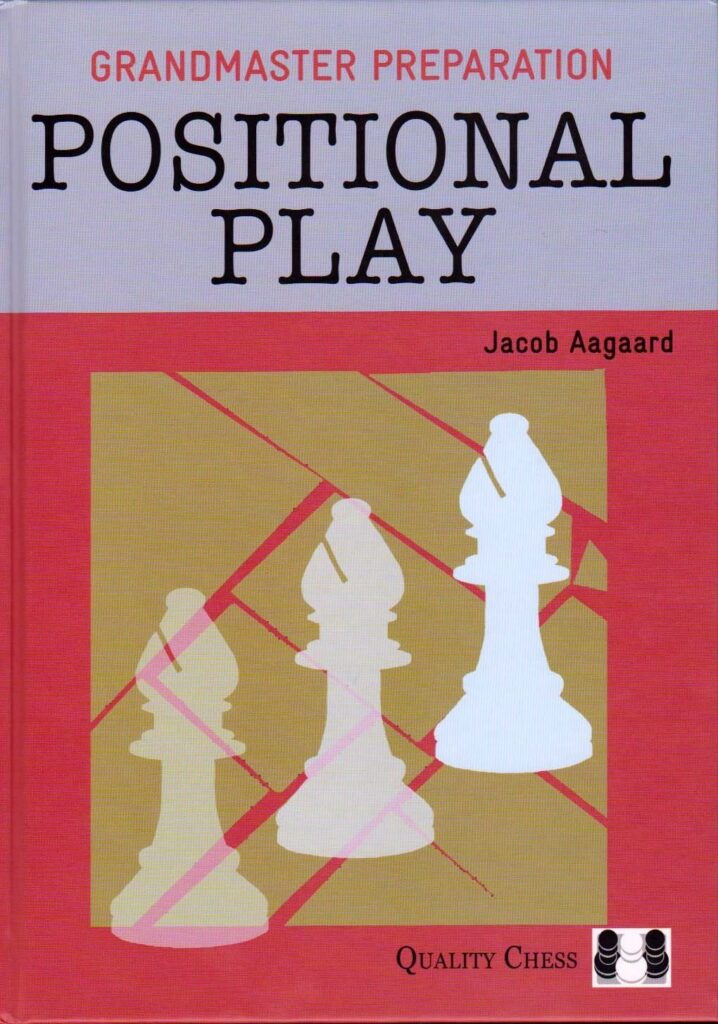
10. Secrets of Chess Endgame Strategy, Lars Bo Hansen
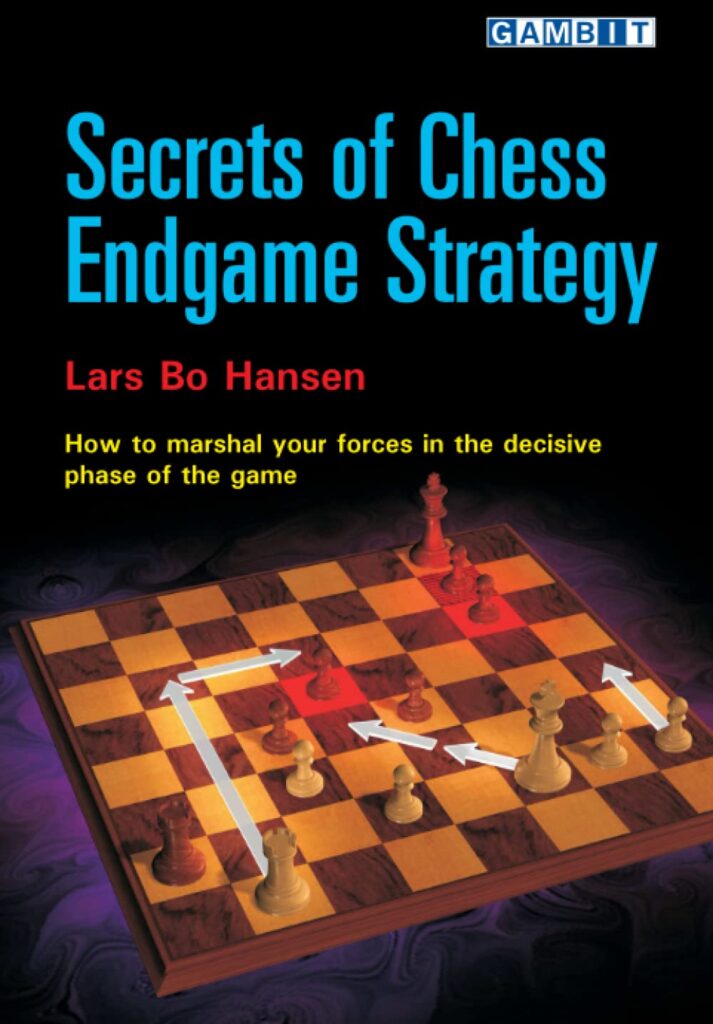
Strategy in the endgame is an often neglected theme, and, apart from Shereshevsky’s book, not many books have even attempted to cover endgame strategy. I love Hansen’s book because of how easy it is to feel like you’re learning. It’s divided into 4 parts: general principles, pawns, minor pieces and major pieces. Unlike other books that focus on rules and principles, Hansen emphasizes how different pieces should be used or exploited. Alongside that, each chapter is accompanied by examples from real games, mostly from classics, and given snippets of brilliancy in the form of short portions of text explaining key principles such as initiative or suppressing counterplay. What I think stands out the most is Hansen’s chapter on pawn structures and how they determine the flow of play and planning in the endgame. All in all, Secrets of Chess Endgame Strategy is a beginner-friendly endgame book which masters could learn a lot from as well, which isn’t a feat many authors can claim.


